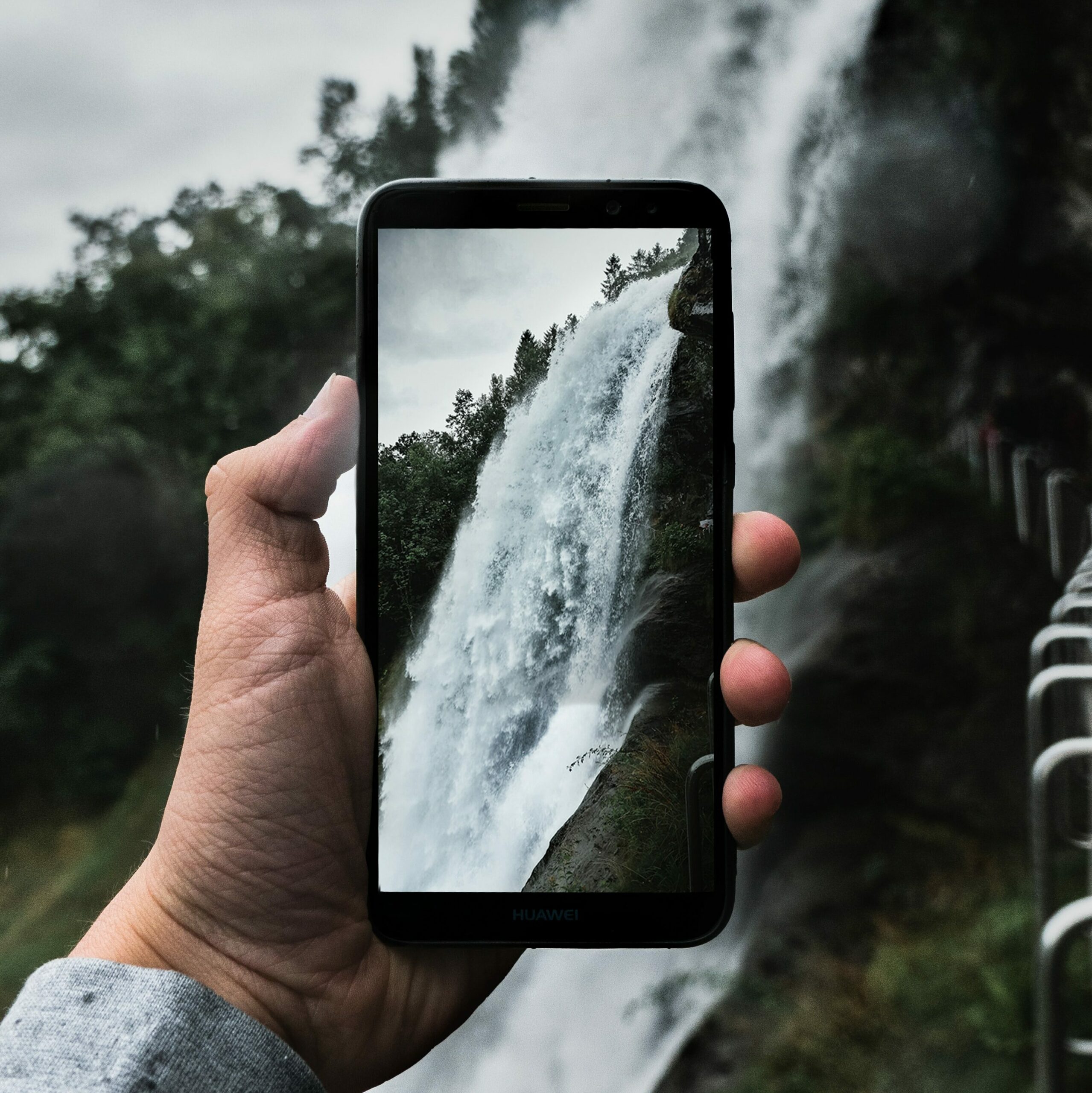
What is Web Accessibility?
In simple terms, web accessibility is defined as a practice that makes internet content easier to understand and easily usable to most people (Kelly et al, 2009). Some things that make websites more accessible are large fonts, the use of common language and minimal buttons to click and navigate to find information. Most people take the convenient use of the internet for granted, while others with physical, cognitive and learning disabilities are still unable to gain the same convenient access due to lack of adequate web accessibility.
Why is Web Accessibility Important?
People with physical, cognitive and mental disabilities still have the same rights and desires to the convenient access of the internet. In both required and higher education, the internet is a common a main source of learning and should be available and convenient to all learners. In older grades and higher education especially, the internet is used a lot as a means of “interaction with information” and is required to obtain the information needed to pass the course (Kelly et al, 2009. While there is usually alternate forms to technological learning and assessment, the internet should be accessible to all learners to ensure that all receive the same, fair and engaging learning experience. With that in mind, the over all learning outcomes of those with mental, physical and learning disabilities when using the web is just as important as the web-learning experience itself (Kelly et al, 2009). As a teacher, you need to consider students with disabilities when planning, especially when these lessons involve the use of the internet. While you are required to provide web accessibility, it should be executed in a knowledgeable and empathetic way that goes beyond a simple requirement in your job description (Kelly et al, 2009). While internet creators are responsible for making their content accessible to most people, it is an educators job to make their teaching methods accessible to ALL of their students, especially when it requires the use of the internet.
What Will I Do Next?
As a future educator, I hope to continue developing my own technology and multimedia skills and use that knowledge to provide more than just “adequate” web accessibility to my students. As mentioned in Accessibility 2.0, providing a different method of learning to students who struggle with using technology is acceptable. But in my opinion, that’s not the best way to promote web accessibility and should be turned to only after all student abilities have been considered, and a different approach to web use has been attempted.
Sketch-noting Tutorial
Previous Experience:
This year I made the switch to digital note-taking on my iPad, mostly because I was tired of keeping track of dozens of notebooks filled with endless amounts of messy notes. Before making the switch, I used lots of highlighters and sometimes added sketches and graphics, but doing it digitally has drastically improved my experience and efficiency. However, I’ve always followed lots of the sketch-noting tips from “How To Sketchnote Without Drawing,” such as utilizing white space, connecting lines and containers to separate big ideas. However I could never follow his no colour or no drawing guidelines, because I need colour to organize my notes and graphics represent concepts that just can’t be put into words (especially in biology class). I remember back in grade 10, my teacher has us strictly follow the Cornell note-taking method. We spent a whole class being taught how to write them “perfectly” and had to hand them in for marking every week. The first time, I used colours to highlight the different sections of my notes and was deducted points because “highlighting was not necessary.” It was a very ineffective way of learning for me and I began to resent that class and the process of note-taking all together. I enjoyed taking notes much more when I could draw pictures, add colour and wasn’t under the pressure of having them look “perfect” (thankfully I never had a teacher with those bizarre expectations again). Using my Ipad and the app “Goodnotes 5” has made me throughly enjoy taking notes, its more convenient and a lot more fun than using a pen and paper.
The Benefits of Sketch-noting
Creating visual notes engages the entire mind, increases concentration on important ideas, improves overall memory retention and tends to be much faster than traditional note-taking (Introduction to Sketchnoting). When more brain areas are involved in the learning process, you learn more efficiently overall and using visuals and colourful is a great way to do that. In my grade 10 physics class, I learned next to nothing because I wasn’t allowed to take notes in a way that was meaningful to me. The sketch-noting workshop created by Rich McCue was actually really fun and his note-taking was awesome, but I need a larger word-image ratio for my notes to make sense to me. While there isn’t much need for graphics for the notes I’m taking in my current classes, from now on I will try to incorporate more to see how it benefits my learning and note-taking speed!

